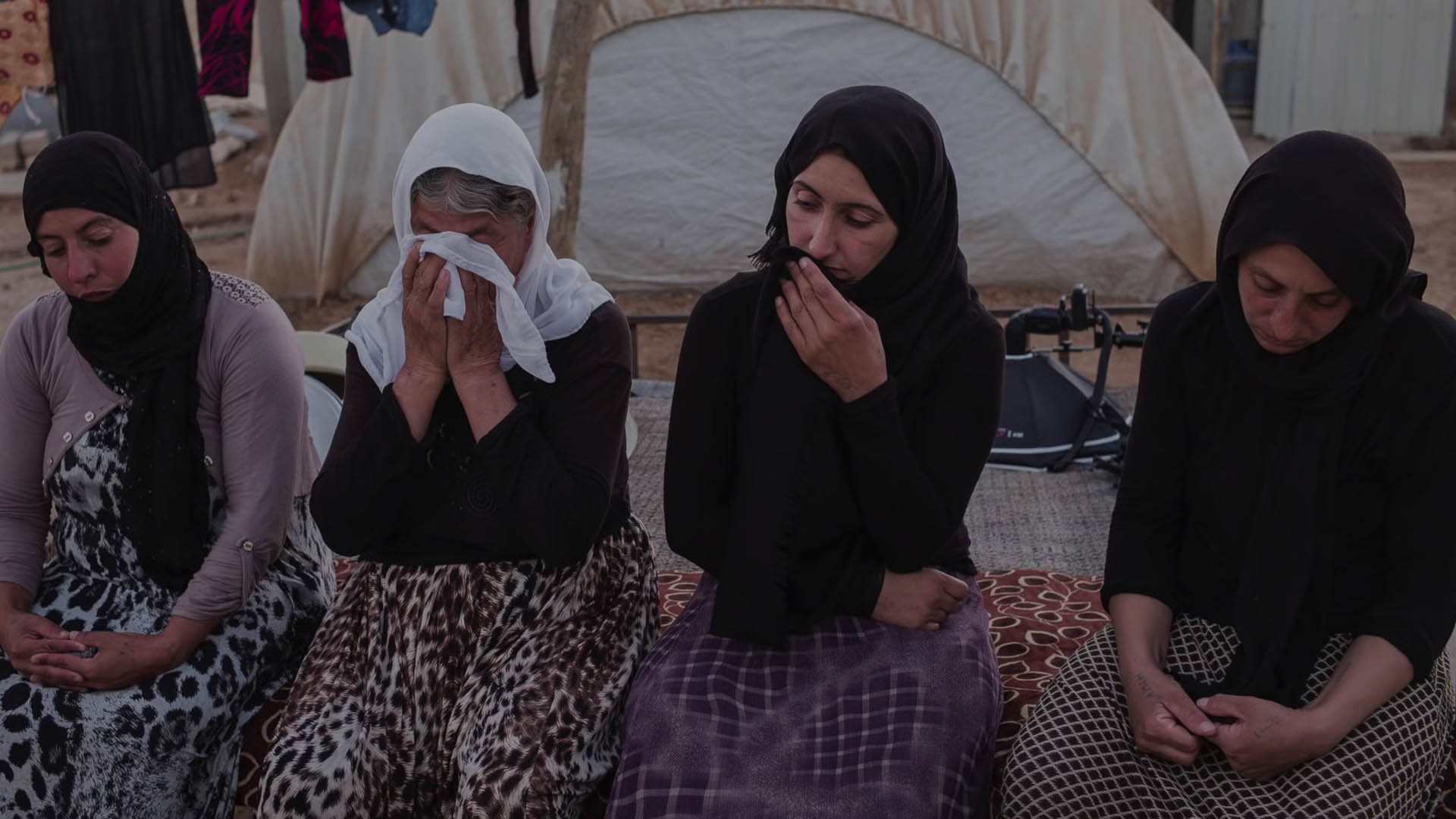Photo above: Peter Bregg
“Why should I tell you my story? I told it before and no one came to help.” Zinab, a 31-year-old Yazidi, was captured by Islamic State in Kocho, a village in Kurdistan, Iraq, on Aug. 3, 2014. That was the day the terror group invaded the ancient Yazidi homeland and began a reign of terror.
She was made a sex slave, endured constant rapes and beatings; she escaped her captors three times, was caught and sold again four times. On March 21, 2016, she was sold to a man who turned out to be a rescuer sent by her family. Now she sits in the dank room of an abandoned building near Dahuk, Iraq, with her uncle’s wife, whose two daughters, age 12 and 15, are still in the hands of ISIS.
So is Zinab’s 20-year-old sister. Twenty-six hundred girls and women have escaped; 3,200 are still missing. Most of their men are dead, lying in mass graves around Shingal Mountain (the Yazidi word for the Arabic Sinjar Mountain). She decides to gamble on telling her story one more time—hoping someone in the world will find her sister.
Their story is a brutal and terrifying reality in much of the Middle East today where religion has become a code word for hate and marauding gangs of murderous men have become the new normal. While the world debates the parameters of genocide, the Yazidi people want to know why they aren’t worth rescuing. They want their people back. They want recognition for the hideous crimes committed against them and they want assurance that this won’t happen again—ever.
Read the full story here
